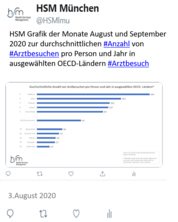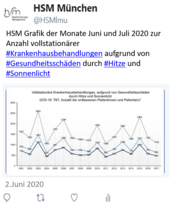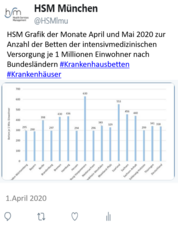Examining regional variation in the use of cancer screening in Germany
| Authors/Editors: |
Vogt, V. Siegel, M. Sundmacher, L. |
|---|---|
| Publication Date: | 2014 |
| Type of Publication: | Articles in Refereed Journals (International) |
| ISBN/ISSN: | 0277-9536 |
| erschienen in: | Social Science & Medicine |
| Weitere Quellenangabe: | in press |
Abstract
The detection of cancer in its early latent stages can improve a patient's chances of recovery and thereby reduce the overall burden of the disease. Cancer screening services are, however, only used by a small part of the population and utilization rates vary widely amongst the 402 German districts. This study examines to which extent geographic variation in the use of cancer screening can be explained by accessibility of these services and by spillover effects between adjacent areas, while controlling for a wide range of covariates. District level data on cancer screening utilization rates were calculated for breast, cervical, prostate, skin, and colorectal cancers using German data provided by the National Association of Statutory Health Insurance Physicians (Kassenärztliche Bundesvereinigung – KBV) between 2008 and 2011. We estimated the impact of health service variables on cancer screening utilization using spatial and non-spatial regression models. Spatial autocorrelation in the residuals was estimated using Moran's I statistic. After controlling for socioeconomic and other regional covariates, screening rates for breast, prostate, skin, and colorectal cancers are significantly higher in areas with higher physician density. The utilization of Pap-tests, skin cancer screening and colonoscopies is inversely related with average travel time to physicians. The coefficients for the spatial lag are significant and positive in all models. The positive spatial lags indicate that screening utilization rates are determined by knowledge spillovers between neighboring districts. In terms of public policy, our study demonstrates the potential to increase the use of cancer screening services through improving knowledge regarding cancer screening and by ensuring patient access to cancer screening services.





